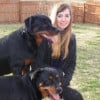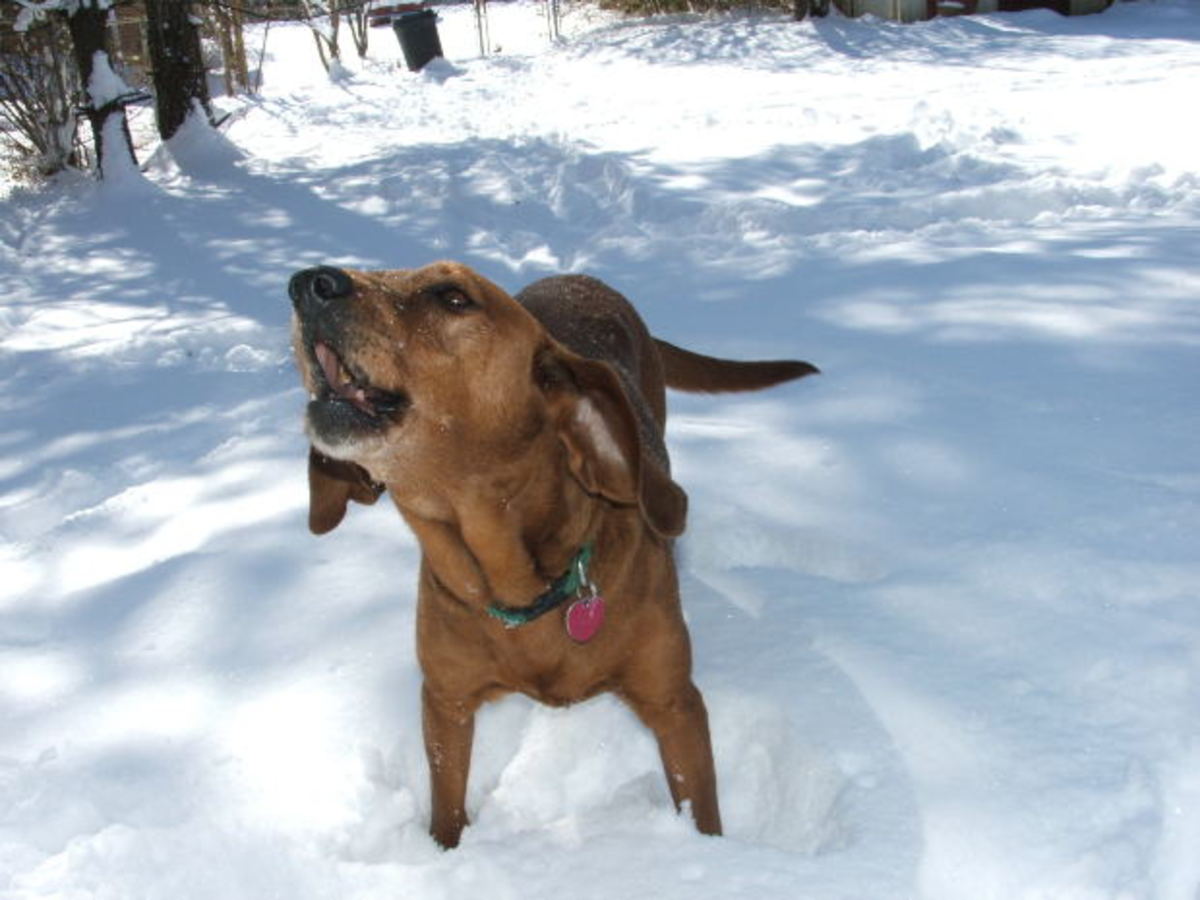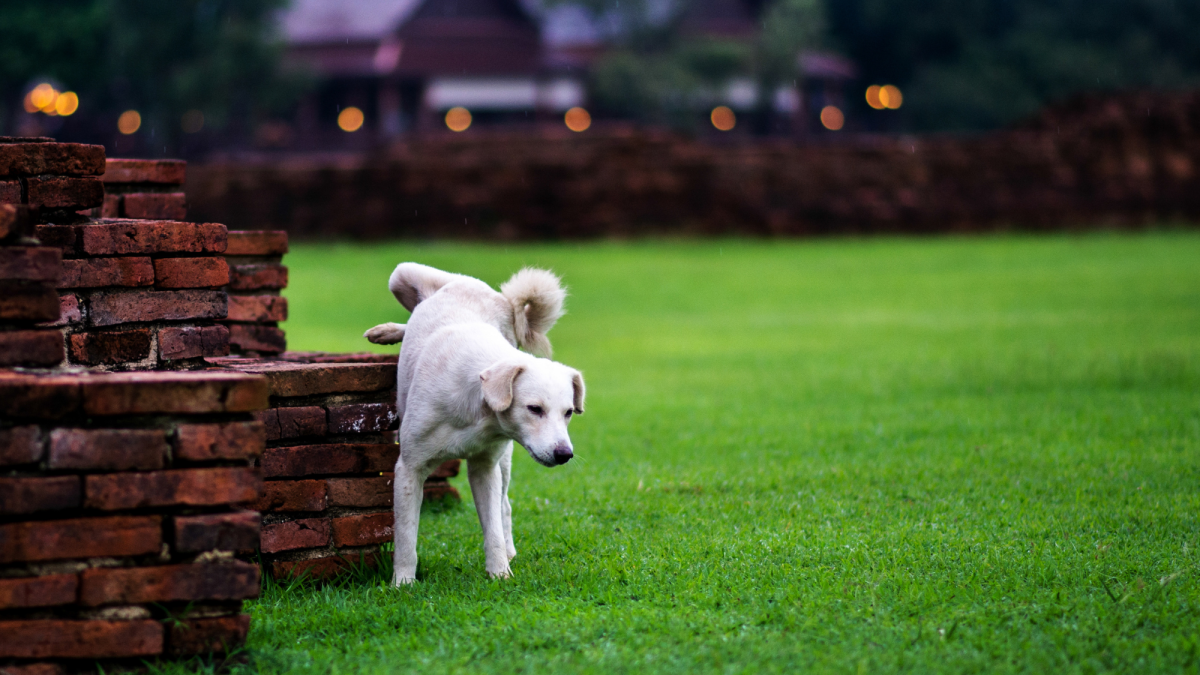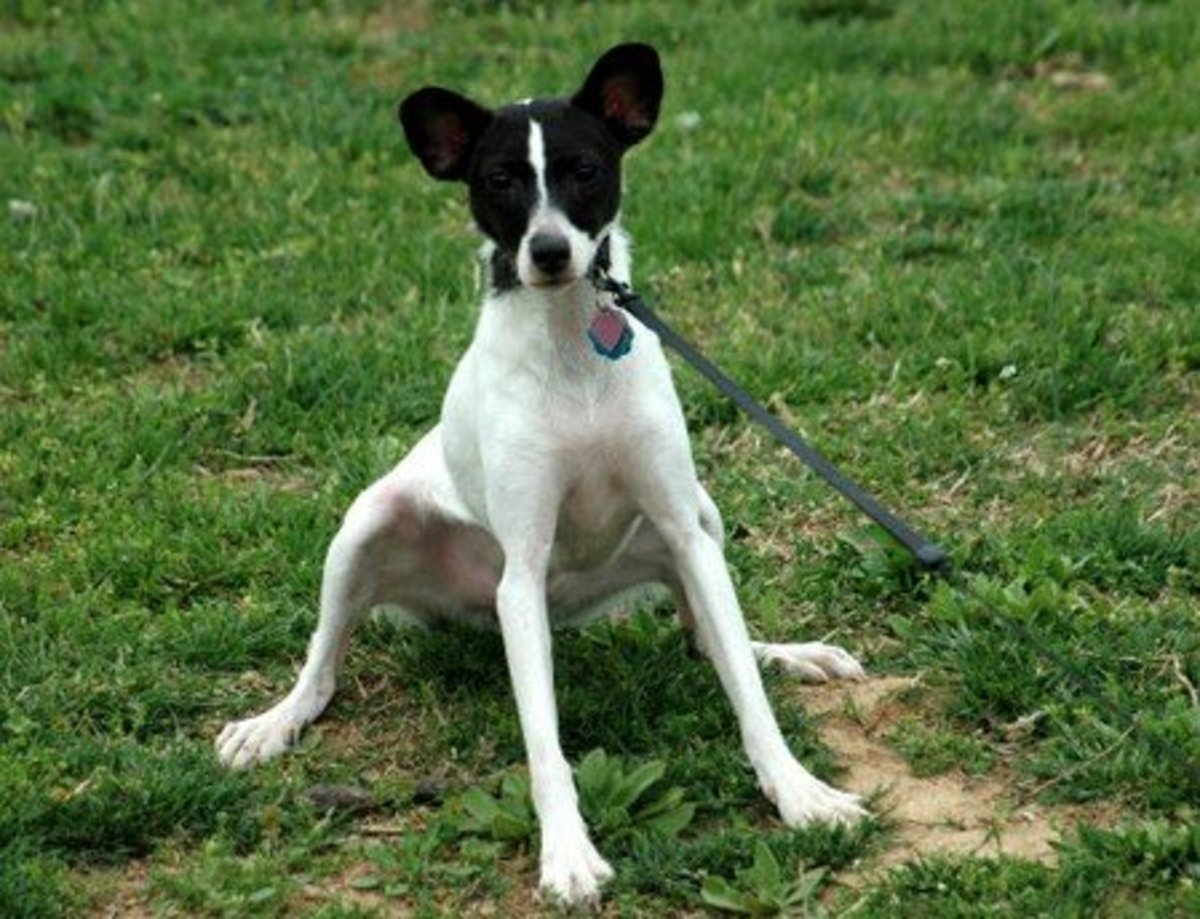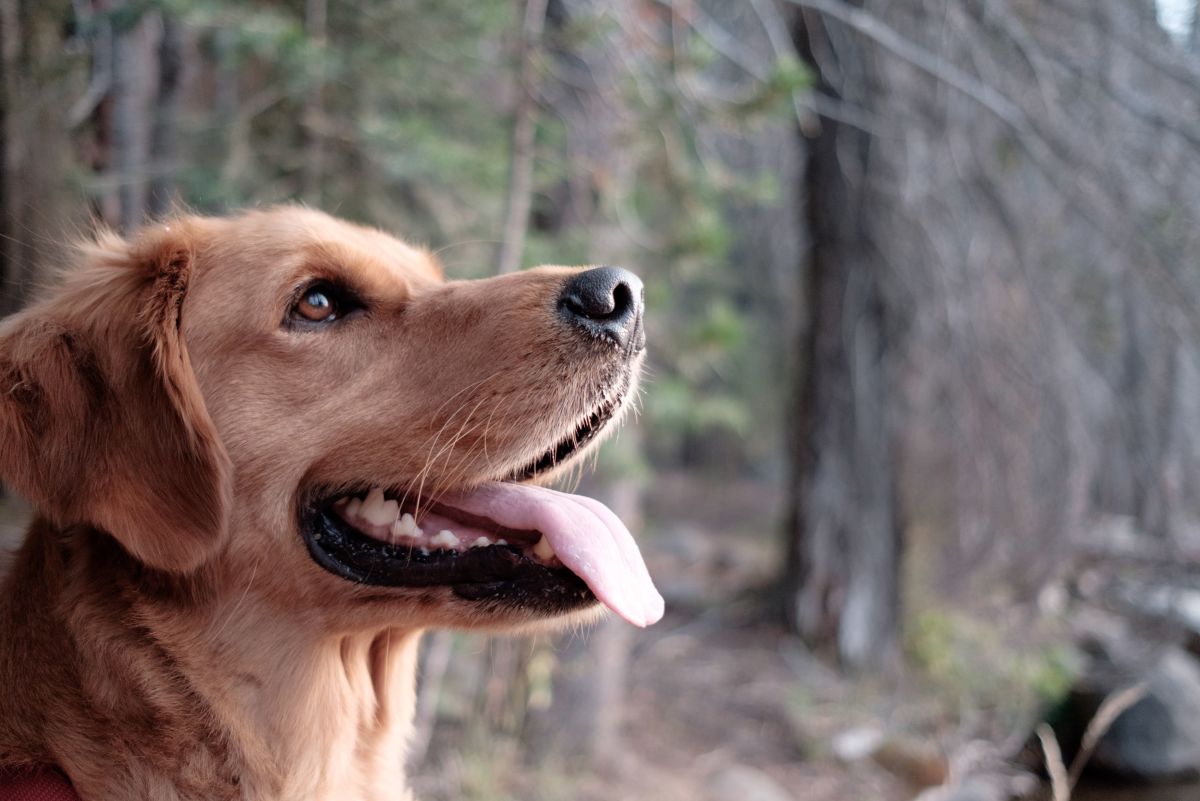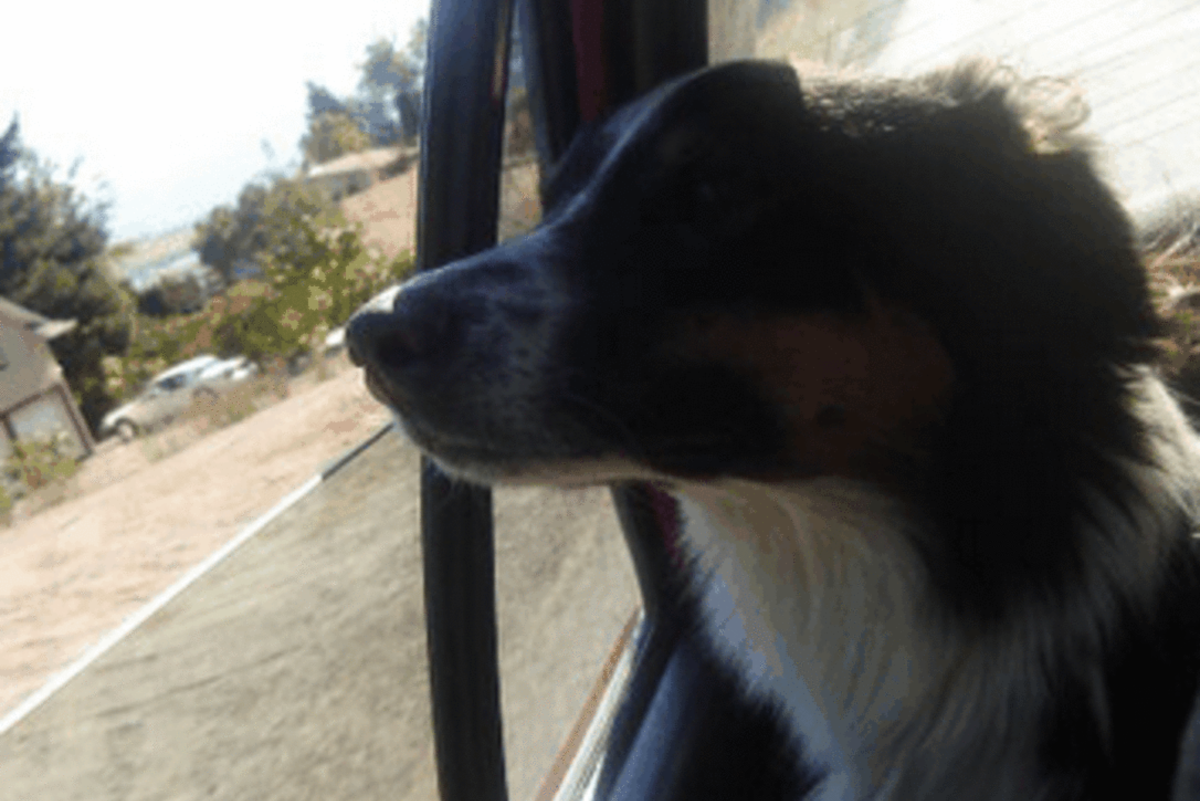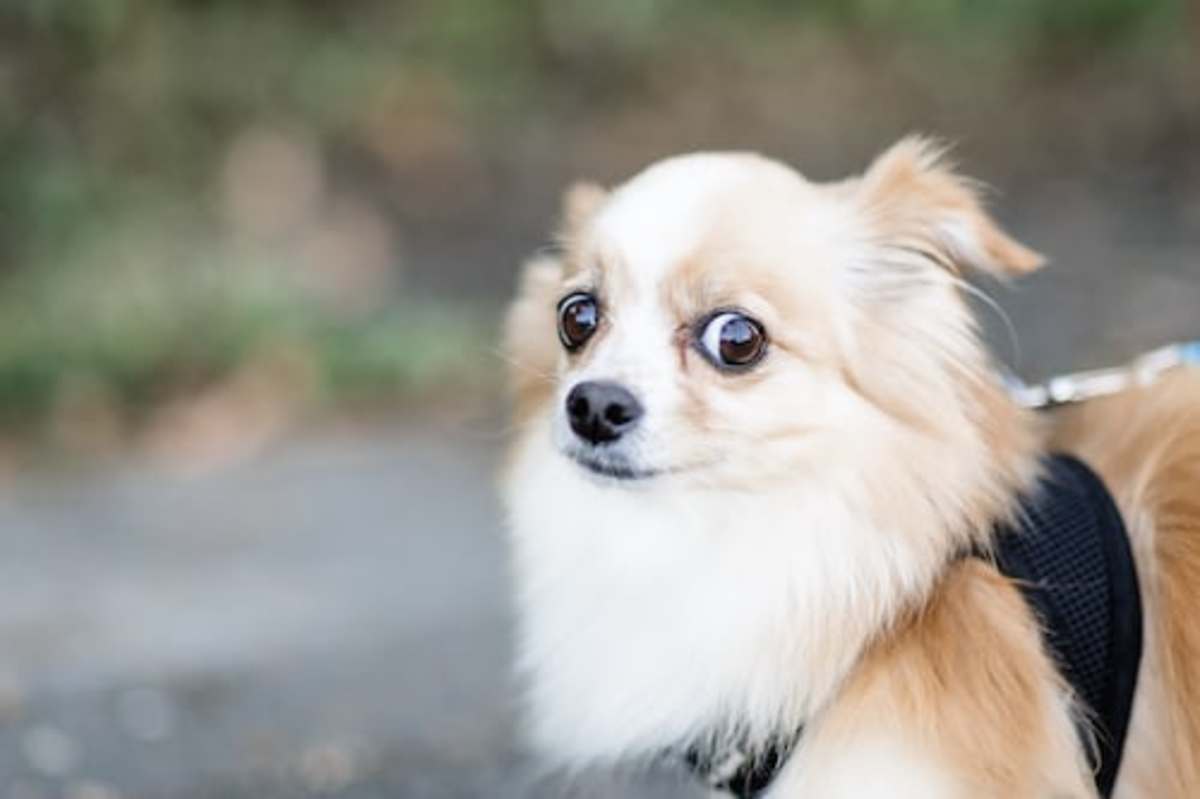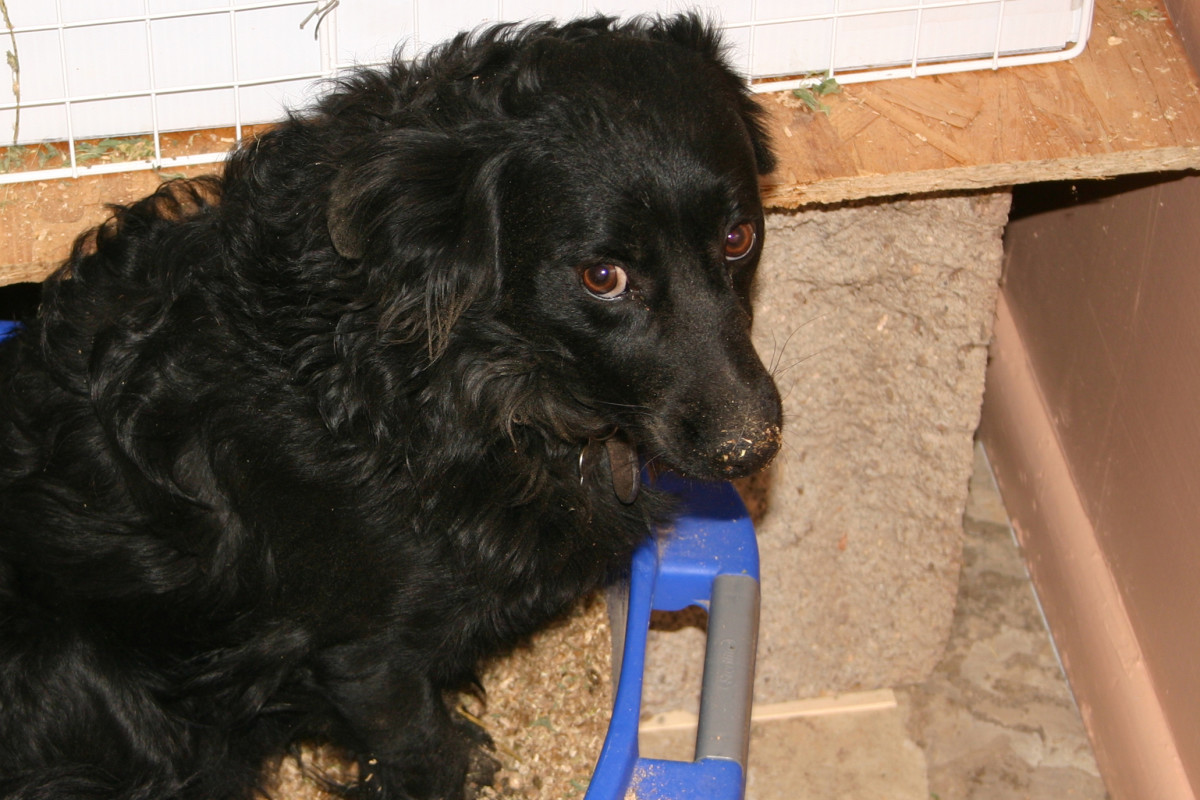Understanding Dog Generalization and Discrimination
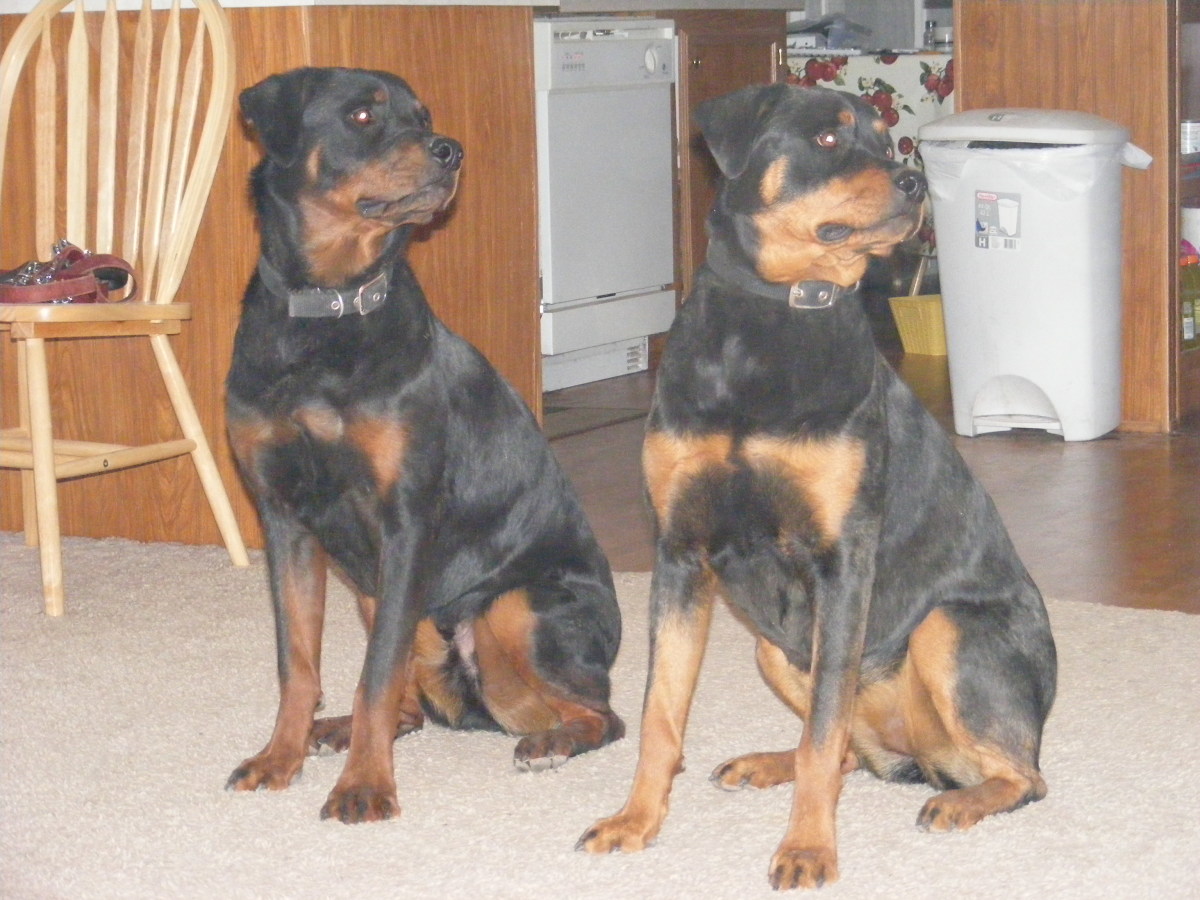
Dog Generalization
In one of my latest hubs, I discussed about dog generalization, today, I am tackling mostly dog discrimination which is the opposite of generalization. We need though to see them both together so we can differentiate them and acknowledge their differences. In other words, to 'discriminate " them. For a refresher on generalization, read my hub on "Understanding the process of dog generalization."
To recap shortly, generalization is the phenomenon where Scruffy starts responding to all situations similar to the one in which he has been conditioned. To put it briefly, you see generalization at play when your dog is reactive towards the mailman, and then he begins being reactive to all men in uniforms, and then to all men in general. A great example of generalization comes from the studies conducted by John B. Watson and Rosalie Raynor on Little Albert. Basically, in this study, Albert was shown a rat and then right afterwards, a loud sound was made by hitting a metal pipe with a hammer. The sound terrified poor Little Albert which caused him to cry. After several pairings of the rat with the loud noise, Albert ended up crying just at the sight of the rat. Afterwards, he started generalizing his fear of rats and started crying at the sight of anything furry including a fur coat or a Santa Claus beard.
Generalization isn't always a bad thing. When you train your dog to sit in your living room and then in your yard, your dog is generalizing the behavior in different contexts. When your puppy learns to potty indoors on the newspaper and then outdoors on the grass, he is generalizing again. Note though that dogs are not great in generalizing new learned behaviors, but are quite fast in generalizing stimuli that may be linked to adaptation and survival.
Dog Discrimination
On the other end of the spectrum is discrimination. What is dog discrimination? For starters, it's not the discrimination you may think of, such as the unjust discrimination against pitbulls and rottweilers. In this case, in layman terms, we are talking about the ability of recognizing and understanding the difference between one thing and another. For example, you may find it appropriate to tell a joke at the bar, but you would never do so in a church. You know that the red light means stop and the green light means go. In a similar fashion, your house trained dog may potty outside but may never dream of eliminating in your home on your favorite carpet (hopefully!)
How does discrimination happen? In the case of potty training a puppy, most likely you have reinforced going outside to potty with praise and rewards, while you may have scolded (punished) your pup for soiling outdoors. (Which you shouldn't really do, as scolding will only inhibit the signs your pup needs to go and backfire cause you'll trigger him to secretly pee behind the sofa!) The best way to potty train a pup is through force-free puppy potty training methods) .
Another example is a dog who listens more to one person than another. In this case, the dog may have learned to discriminate between one spouse and the other. You can almost hear the dog remark "My dad, really means it when he calls me, but with my mom it's a whole different story; she doesn't really mind if I come or not."
Dog Generalization versus Dog Discrimination: An Experiment for Your Dog at Home
As seen, dog generalization and dog discrimination are opposites. While generalization is the ability to see a relationship among things, dog discrimination is the ability to differentiate things. Would you like to test your dog now to tell the difference between the two? Here is an interesting test.
1) Play the You Tube video below. It has the noise of a door bell. If it does sound like your doorbell, and your dog tends to react to your real doorbell, call your dog and let him listen to it.
2) Watch your dog's reaction.
Did your dog bark? If so, most likely the doorbell makes a sound similar to your normal doorbell. In this case, your dog has generalized the sound because he has found some similarities, in other words, a relationship between the two sounds.
Did your dog not bark? If so, most likely, he has discriminated the sounds. He knows for a fact that the real doorbell has a unique sound and is quite unique and different. He has therefore found a difference and no relationship between the two sounds.
As much as generalization and discrimination appear to be opposites, they sort of interplay with each other. If your dog barks at doorbell sounds, he does generalize as he barks at anything that sounds like a door bell, but he also discriminates, since he likely doesn't bark at any other sounds.
Test your Dog with This Door bell Sound
Share your results!
Did your dog bark at the door bell sound?

Tips to Help your dog generalize and discriminate
Tips for Generalization
- If you puppy has been using indoor puppy pads or newspaper, help your puppy generalize potty training from indoors to outdoors by placing familiar pads and newspaper closer to the door and then finally outdoors.
- To help your dog generalize going potty anywhere, train your dog to go potty on command. This has helped my dogs tremendously as we moved frequently from place to place and changed potty areas over and over
- Train your dog to sit in your home, but then help him generalize by asking him to sit in the yard, then on walks, and then in more distracting areas such as the dog park.
- Don't let your dog generalize his fear, Fear generalizes quickly as it's adaptive and linked to survival. If you nip a behavioral problem in the bud, it will have less chances for generalizing.
Tips for Discrimination
- If you want your puppy to discriminate between going potty in the home and going outside, make sure you consistently praise when your puppy goes potty outside and nothing special happens when he goes indoors. Soon, he'll learn that only going potty outsides is fun.
- Dogs are not good in generalizing, but they're also not that great in discriminating, unless you put some effort in helping him. If you never allow your dog on the coach, and then just one day you decide it's OK, your dog won't discriminate that just that day it's OK and the next time it's not, so he'll likely try to come on the coach again in the future.
- Poor discrimination is a reason why you should never train a dog to guard your home without a professional who knows what he is doing. It's easy for a dog to bark at an intruder one day and the next, attack the emergency medical unit coming to save your life.
- Nose work is a fun way to train a dog to perform scent discrimination. In this sport, dogs must learn to identify a specific scent. In search and rescue, dogs must discriminate a specific scents from other salient scents.
- Did you know that dogs can be taught to discriminate different objects such as toys? Many have successfully trained dogs to pick a specific type of toy from others based on shape, size or color. See the video below for a stunning example of this!
A seen, understanding the phenomenon of generalization and discrimination is important. A good grip on these dynamics will help you overcome some common obstacles in training and behavior modification.
References: Gary Wilkes Click and Treat
Alexadry© All Rights reserved, do not copy.
Amazing dog differentiates one toy from another!
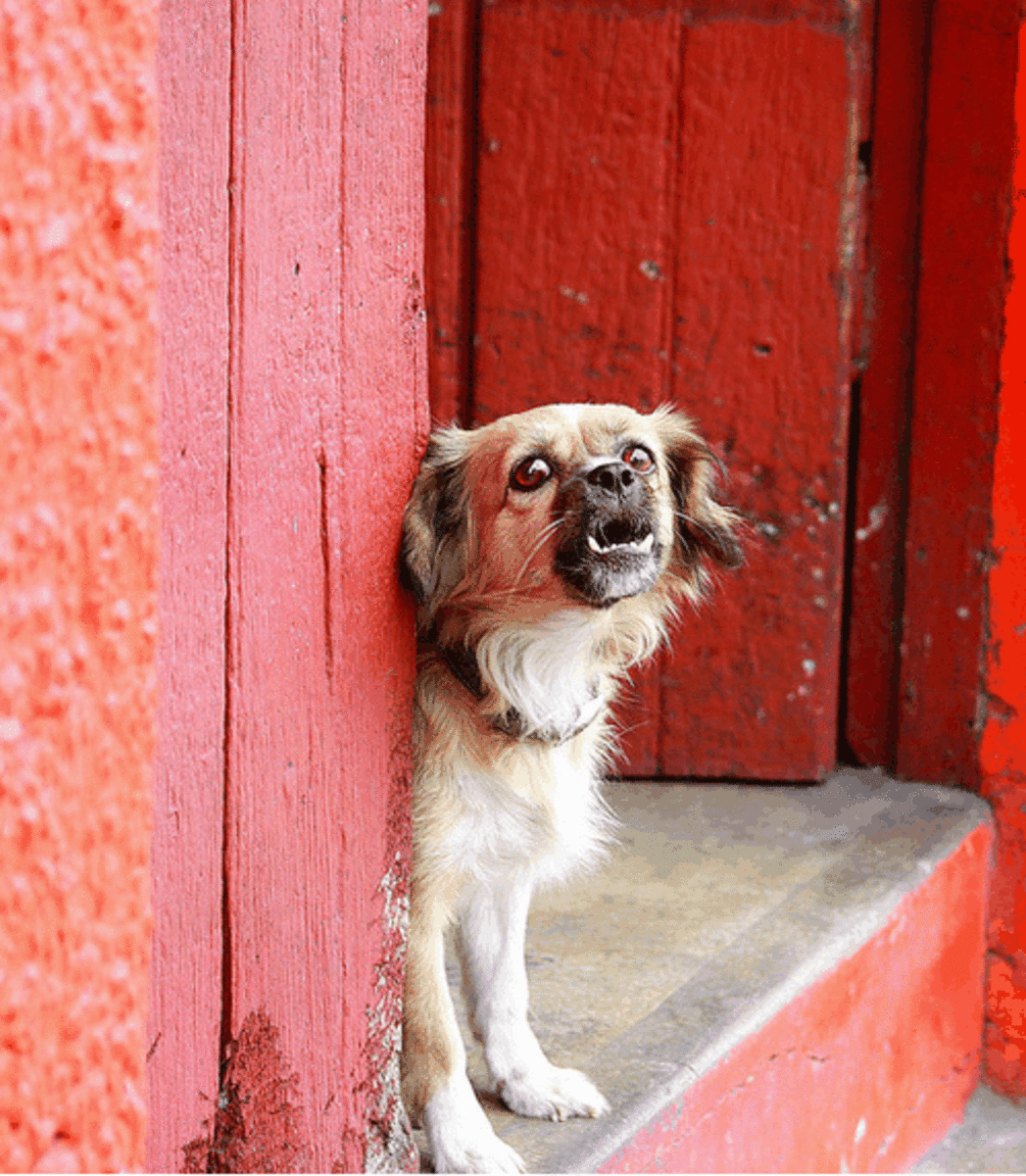
For further reading
- Dog Behavior: Are Dogs Pack Animals?
Are dogs pack animals? Television shows seem to suggest dog pack mentality, but what is the truth? Is Rover trying to dominate you and do you need to be alpha? Debunking dominance training requires a looks at studies and hierarchical structures in ot - Social Life of Canines: Are Dogs Monogamous?
We often label dogs as loyal, faithful companions, --which they are with humans-- but their personal love affairs are a whole different story. Learn if dogs are monogamous and discover which unexpected canid is the perfect representation of monogamy. - Are Dogs Really Den Animals?
We are often told that dogs den animals but are they or not? Let's debunk some common myths and unravel some intriguing facts on the subject. This article should give a better insight on a dog's - Are Dogs Right Handed or Left Handed? Understanding ...
Are dogs left-pawed or right pawed, or perhaps both? Learn how to determine where your dog stands when it comes to preferring one paw over the other.
